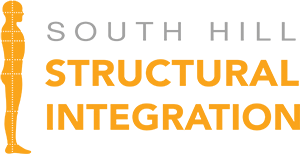Each session of Structural Integration Rebalances and Revitalizes your body and its posture. Over time, with the constant addition of gravity and life's activities we develop a posture that has adapted to these stresses by tightening your facial net.
Once open, the body can move with ease and surrounding tissue softens to create additional pliability.
Why is pliability important? Each side of the body will yield to the other through flexion and extension.
Link to video explanation of fascia.
It is manual bodywork that has slow deep pressure applied in a systematic approach. Some people experience deep relaxation, tremendous relief from pain and some individuals can even fall asleep during my work.
I have heard it can be quite painful, will it hurt?
Each session is comprised of a different goal and moments that realign the fascia. Many people enjoy the movements, some can find areas of tightness. We carefully work within each persons comfort level and maintain active dialogue throughout the session.
Find out more information about structural integration sessions.
Structural Integration helps:
- Low Back Pain
- Sciatica / Piriformis Syndrome
- Neck Pain
- Headaches and Migranes
- Frozen Shoulder and Rotator Cuff Injury
- Foot Pain
Fascia is the body's connective tissue beneath the skin that attaches, stabilizes, encloses, and separates muscles and other internal organs. It is important to the well being of healthy muscles.
Quite simply the difference is in the direction and intention of the work. A Structural Integration session will follow a very specific routine for opening section by section of the body.
Massage will use oil or lotion (generally to warm and relax tissue). Physical Therapy can use different techniques to encourage tissue repair.
Structural Integration asks what has closed or shortened or become restricted that is now impacting other areas.
You will feel a definite change after each session; some profoundly and some with subtle perceptions.
What is most unexpected, is how, each layer of change will affect the next and how your body respons to that change (less tension, stress, pain, stiffness, discomfort).
